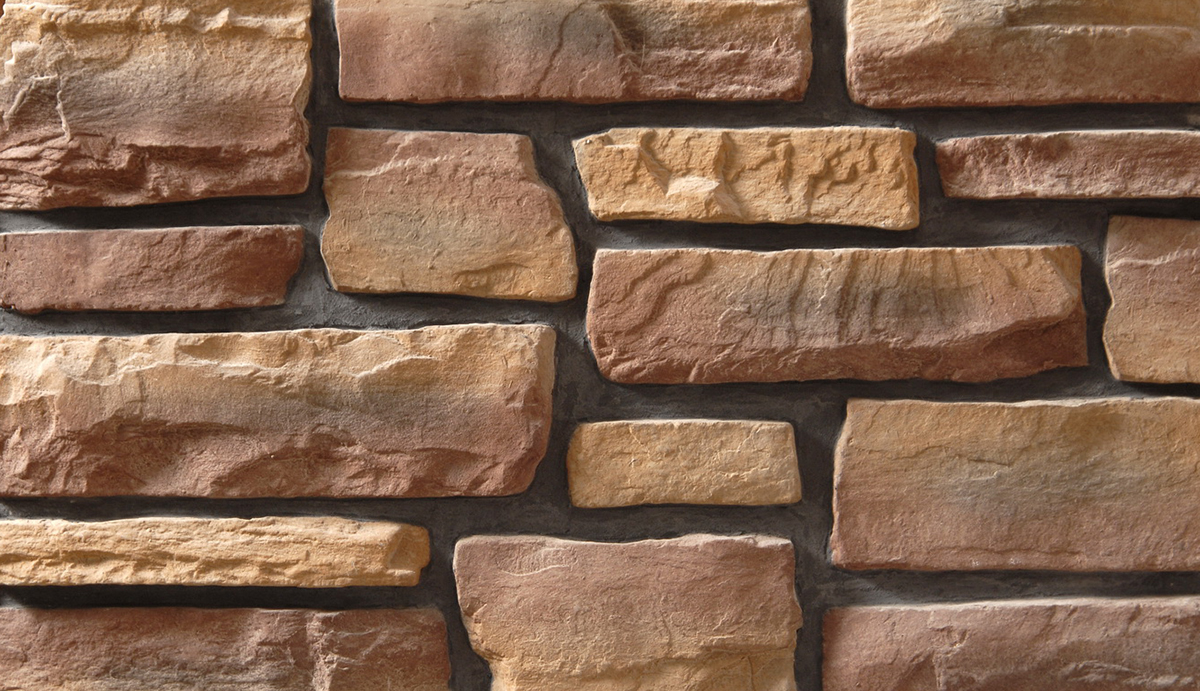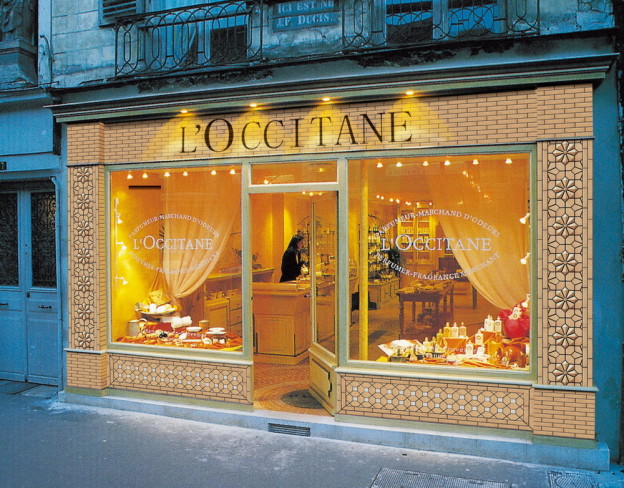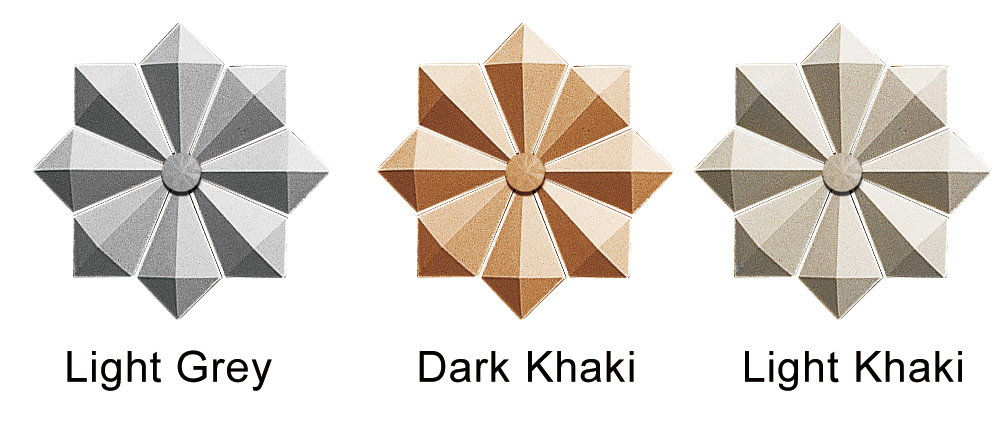Introduction About Islamic Building Decoration
Islamic decoration have developed over the centuries and makes great use of geometric patterns. Many of these derived from various earlier cultures: Roman, Greek, Byzantine, Persian, and Central Asian.They are usually distinguished from the arabesque, the term for decoration in Islamic art based on curving and branching vegetal forms. But sometimes foliage and linear geometric patterns are combined in a single design, and some purely abstract linear patterns adopt designs that seem clearly derived from vegetal arabesque ones. The geometric designs have evolved into beautiful and highly complex patterns, still used in many modern day settings.
The square and rectangle play a significant role in Islamic building. Some of the reason for this is façades built from rectangular bricks. This ornamental brickwork casts shadows in the strong desert sunlight and creates a three-dimensional effect. A recurring theme is a small central square turned 45 degrees within a larger square. Another source for the square theme is woven baskets.
The eight-pointed star is another common theme in Islamic building, often found in tile-work and other media. Star patterns are extremely complex when the outer points are joined together and other intersections connect in a systematic way. The Alhambra palace in Granada, Spain is a famous example of repeating themes which occur in the tile and stucco decoration. Octagons appear in Islamic building in various shapes. They frequently occur in marble floors. The Citadel of Aleppo in Syria contains marble opus sectile floors, which utilize the square and the eight-pointed star. Pierced screens (jali in India) are another common location for geometric decoration.
[About Artificial Carved Brick]
In order to meet the demand of the Middle East building material market, Leiyuan Recently publish an new series products- Artificial Carved Brick, which inspirated from from Islamic building style. The brick-carving products and realized the industrialized production of the carved brick via the modern streamlined method of work.The shapes of the products include: rectangle, square, lozenge, taper, oblique, round and other geometric shapes of single-unit bricks. Moreover, these geometric shapes can form various ingenious patterns through embedding combinations characteristic of strict symmetry and rich decoration.





